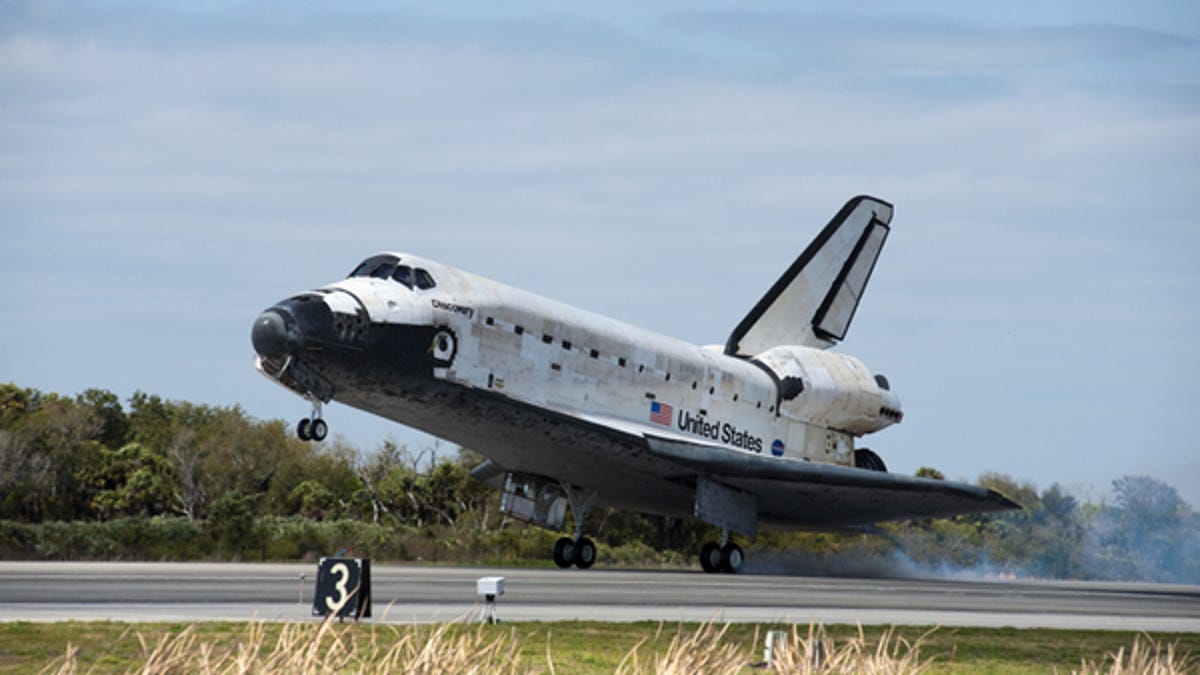NASA ponies up $270 million for commercial spaceflight
The space agency's Commercial Crew Development effort directs a big chunk of change to four private enterprises, including Jeff Bezos' Blue Origin and Elon Musk's SpaceX.

Two companies tied to prominent technology entrepreneurs are among those that received funding through the NASA's Commercial Crew Development effort, the government agency announced yesterday.
Blue Origin, which was started by Amazon founder Jeff Bezos, received $22 million in the funding round. PayPal co-founder Elon Musk's SpaceX received $75 million. They were flanked by Sierra Nevada and Boeing, which received $80 million and $92.3 million, respectively.
The Commercial Crew Development program, which began in 2009, is arguably one of the most important efforts under way at NASA. Its goal is to help U.S. private enterprises develop the capability to transport U.S. astronauts to space. Until those spaceships are ready, astronauts will tag along on Russian spacecraft to get to the International Space Station (ISS). The agency recently inked a $753 million deal with Russia that will allow astronauts to take 12 round trips to the ISS between 2014 and 2016.
Related links
• SpaceX building low-cost heavy-lift booster
• Space shuttle program hits 30-year mark
• Celebrating 50 years since Yuri Gagarin's 'Let's Go!'
"We're committed to safely transporting U.S. astronauts on American-made spacecraft and ending the outsourcing of this work to foreign governments," NASA Administrator Charles Bolden said in a statement yesterday. "These agreements are significant milestones in NASA's plans to take advantage of American ingenuity to get to low-Earth orbit, so we can concentrate our resources on deep space exploration."
NASA's own fleet of space shuttles has long served as a transport for astronauts, supplies, and experiments headed into Earth's orbit, but the shuttle program is coming to an end this year. Last month, Discovery returned from space for the last time, leaving only two more missions for NASA's shuttles--an Endeavour flight later this month and the final Atlantis mission in late June.
"The next American-flagged vehicle to carry our astronauts into space is going to be a U.S. commercial provider," Ed Mango, NASA's Commercial Crew Program manager, said in a statement. "The partnerships NASA is forming with industry will support the development of multiple American systems capable of providing future access to low-Earth orbit."
NASA hopes commercial providers will have their spacecraft ready for flight in 2015.

